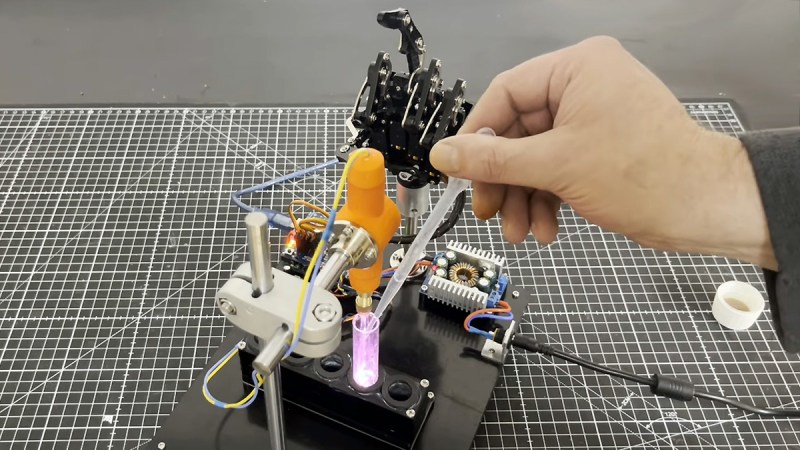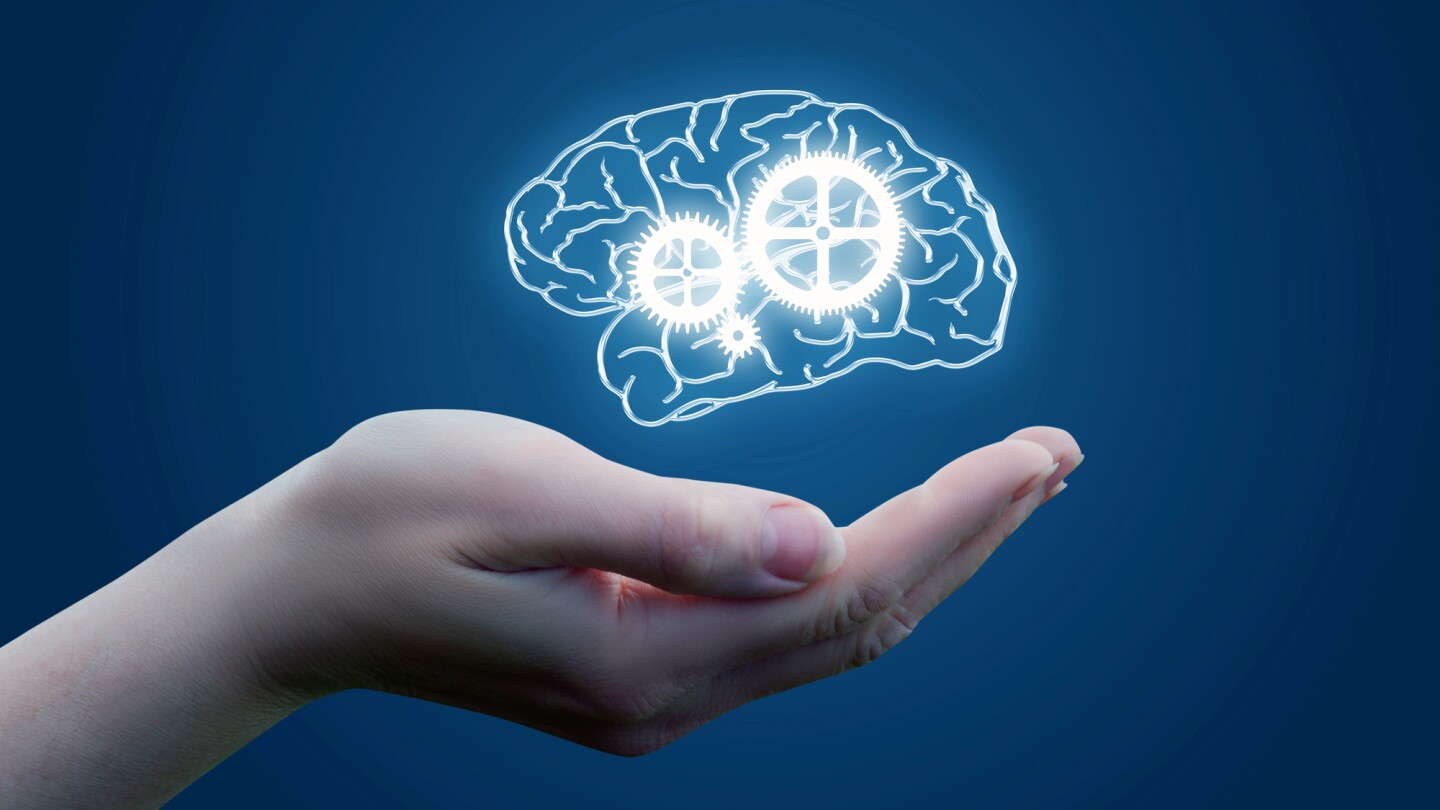Gray Matter on a Chip: Building an Artificial Brain with Luminol

Ever wondered if you could build a robot controlled by chemical reactions? [Marb] explores this wild concept in his video, merging chemistry and robotics in a way that feels straight …read more Continue reading Gray Matter on a Chip: Building an Artificial Brain with Luminol


